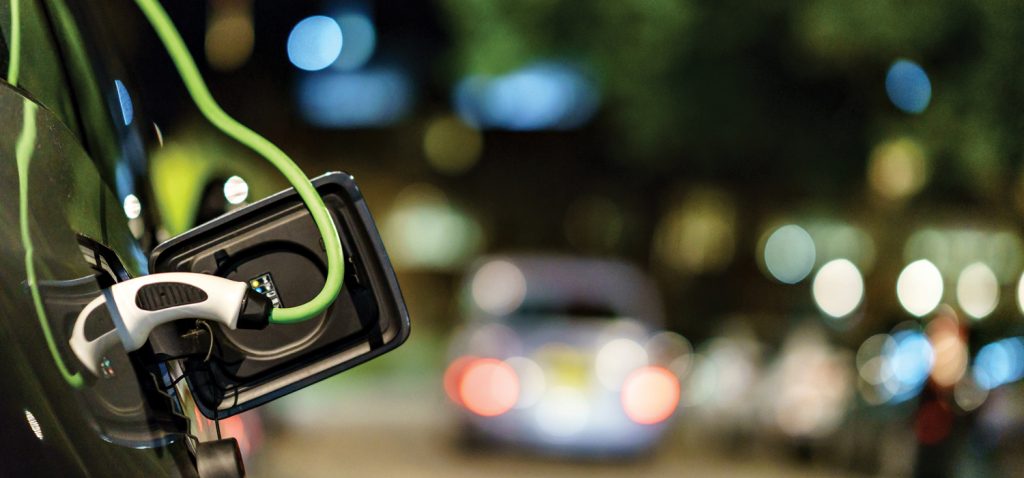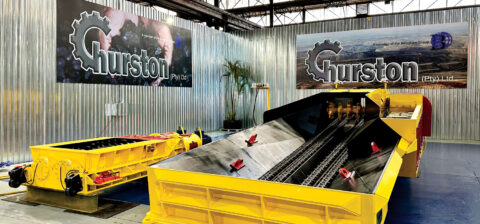SA Mining
Battery Metals
The rapid adoption of new energy vehicles (NEVs – electric and hybrids) powered by batteries should continue to boost demand for metals used in their manufacture, as NEV sales continue rising into 2021. Battery electric vehicles and plugin hybrid sales increased 11% year on year for January to September 2020 driven by sharp increases in Europe, which were boosted by higher government subsidies, availability of more NEV models and stricter carbon dioxide emission targets.
However, global increases were capped by lower sales in China over the first half of 2020 after government subsidies halved from July 2019 and COVID-19 curbed consumer spending.
We expect European Union (EU) sales to continue driving NEV sales with the support of generous subsidies. Germany and France increased subsidies by 15% to 50% early last year and other countries like the UK are expected to follow suit.
The EU is encouraging member countries to include funding for cleaner technologies in their post-COVID stimulus plans to access funds from the EU Commission. EU regulations requiring automakers to reduce carbon dioxide emissions by 40% in 2021 from 2007 levels and by a further 37.5% by 2030 as well as the fines associated with failing to meet the limits are leading producers to incorporate NEVs as part of their offerings.
China’s new energy vehicle sales recovered firmly from mid-2020 albeit from a lower base and should continue to rise on the back of slower phasing out of subsidies, gradual implementation of more stringent emission standards and continued government support. The government is targeting 20% of new vehicle sales to be NEVs by 2025.
Expanding global NEV manufacturing capacity and increasing available options should also support sales growth over the near term. Volkswagen successfully started sales of its ID range with the ID3 sales registering strong growth in the second half of 2020, and the company plans to continue rollout of new models. Tesla on the other hand has been expanding capacity, with its Shanghai plant in China now expected to reach a 550 000 vehicles per year production rate in 2021 after starting up in January 2020.
Construction of the Giga Berlin plant in Germany is also progressing rapidly with first production expected in 2021. The start of production in China allowed Tesla to cut prices and increase sales and the start of production in Germany is expected to have a similar impact.
Growth in NEV sales should benefit the materials used in batteries such as lithium, nickel, cobalt, graphite, manganese and aluminium, as well as copper, which will benefit from the need for increased wiring in electric vehicles.
However, nickel and cobalt use should be constrained to some extent by various factors. Nickel is expected to benefit the most in the long run as demand for long-range vehicles increases; but demand growth should be capped by resurgence of nickel- and cobalt-free lithium-iron-phosphate batteries in China.
Cobalt demand growth should also be held back by efforts to eliminate its use in batteries due to human rights abuses associated with the mining of the metal.






 Sign-up and receive the Business Media MAGS newsletter OR SA Mining newsletter straight to your inbox.
Sign-up and receive the Business Media MAGS newsletter OR SA Mining newsletter straight to your inbox.